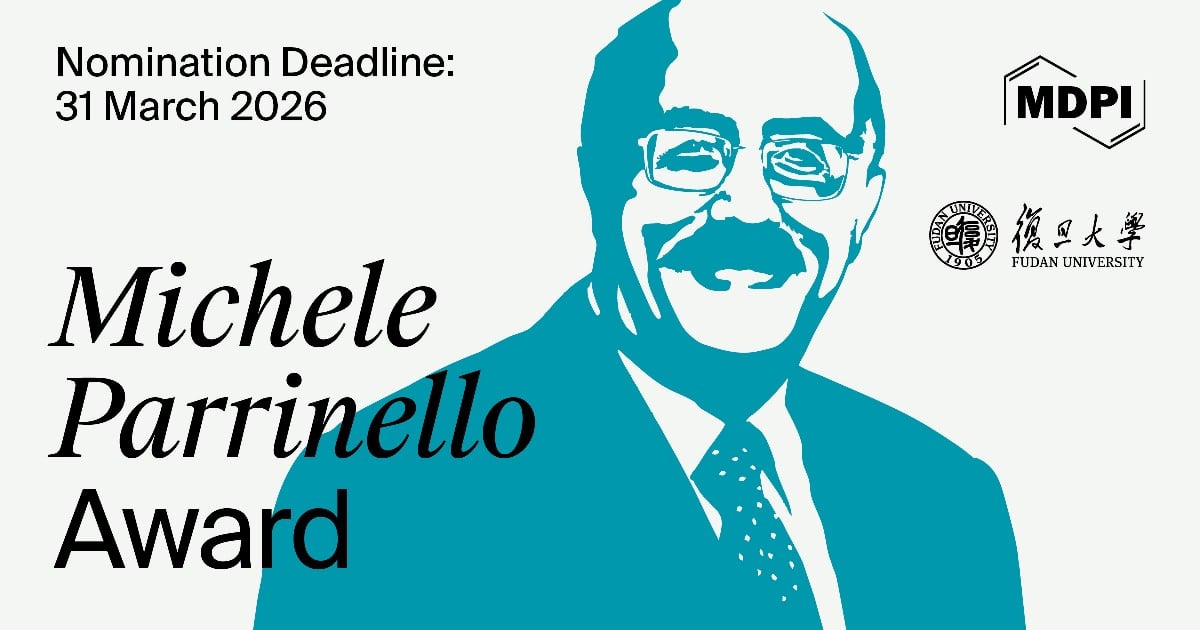-
 Sex Differences in 24 H Blood Pressure in Night-Shift Workers
Sex Differences in 24 H Blood Pressure in Night-Shift Workers -
 Implementation of Evidence-Based Psychological Treatments to Address Depressive Disorders: A Systematic Review
Implementation of Evidence-Based Psychological Treatments to Address Depressive Disorders: A Systematic Review -
 Genetic Therapies for Retinitis Pigmentosa: Current Breakthroughs and Future Directions
Genetic Therapies for Retinitis Pigmentosa: Current Breakthroughs and Future Directions -
 Bispecific Antibodies—A New Hope for Patients with Diffuse Large B-Cell Lymphoma
Bispecific Antibodies—A New Hope for Patients with Diffuse Large B-Cell Lymphoma -
 The Epidemiology of Syphilis Worldwide in the Last Decade
The Epidemiology of Syphilis Worldwide in the Last Decade
Journal Description
Journal of Clinical Medicine
- Open Access— free for readers, with article processing charges (APC) paid by authors or their institutions.
- High Visibility: indexed within Scopus, SCIE (Web of Science), PubMed, PMC, Embase, CAPlus / SciFinder, and other databases.
- Journal Rank: JCR - Q1 (Medicine, General and Internal) / CiteScore - Q1 (General Medicine)
- Rapid Publication: manuscripts are peer-reviewed and a first decision is provided to authors approximately 17.7 days after submission; acceptance to publication is undertaken in 2.7 days (median values for papers published in this journal in the first half of 2025).
- Recognition of Reviewers: reviewers who provide timely, thorough peer-review reports receive vouchers entitling them to a discount on the APC of their next publication in any MDPI journal, in appreciation of the work done.
- Companion journals for JCM include: Epidemiologia, Transplantology, Uro, Sinusitis, Rheumato, Journal of Clinical & Translational Ophthalmology, Journal of Vascular Diseases, Osteology, Complications, Therapeutics, Sclerosis, Pharmacoepidemiology and Journal of CardioRenal Medicine.
- Journal Clusters of Hematology: Hemato, Hematology Reports, Thalassemia Reports and Journal of Clinical Medicine.
Latest Articles
Highly Accessed Articles
Latest Books
E-Mail Alert
News
Topics
Deadline: 31 December 2025
Deadline: 20 January 2026
Deadline: 3 March 2026
Deadline: 20 March 2026
Conferences
Special Issues
Deadline: 7 December 2025
Deadline: 10 December 2025
Deadline: 10 December 2025
Deadline: 10 December 2025























